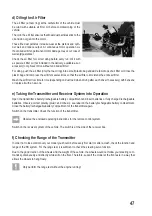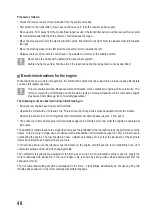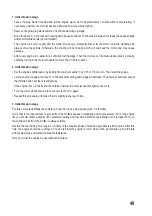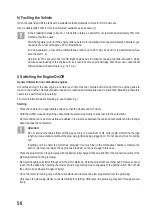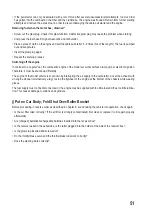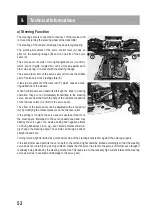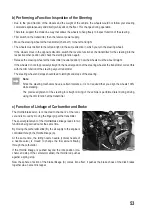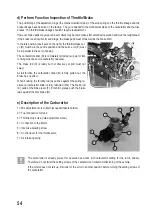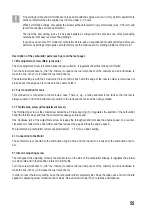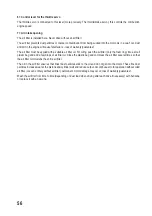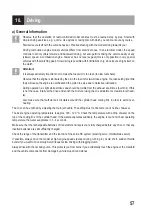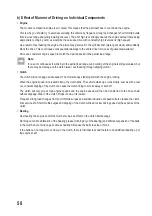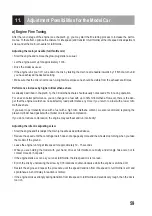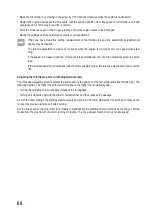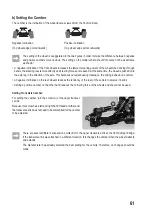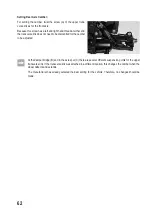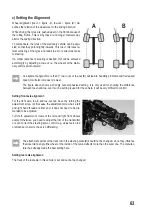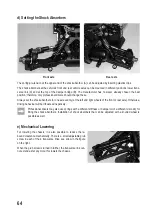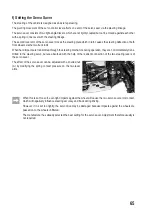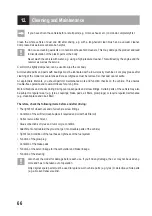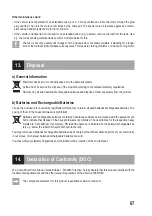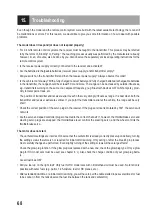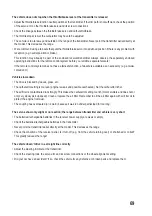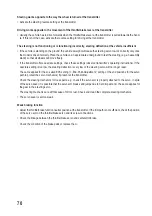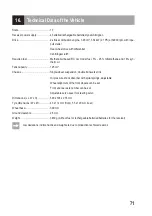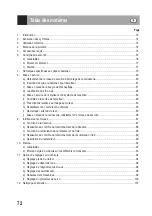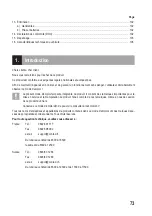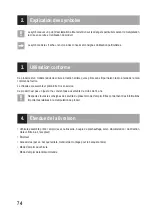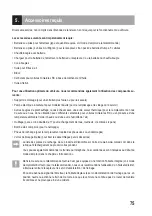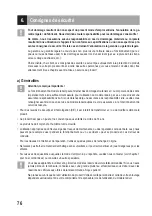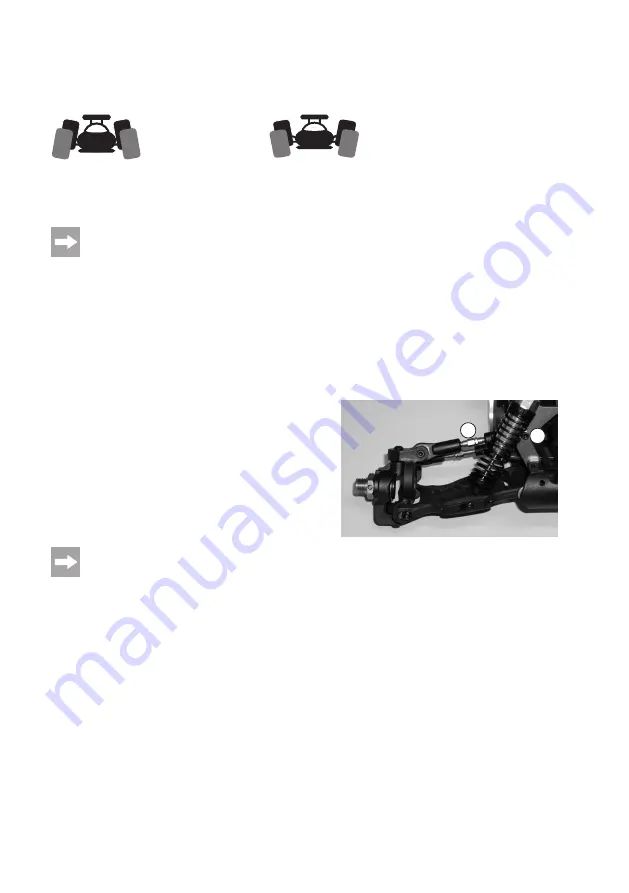
61
b) Setting the Camber
The camber is the inclination of the wheel level as viewed from the front (vertical).
Negative inclination
Positive inclination
(Top wheel edge points inwards)
(Top wheel edge points outwards)
The setting of the wheel is exaggerated in the two figures in order to make the difference between negative
and positive cambers more obvious. The setting on the model vehicle should of course not be as extreme
as shown!
• A negative inclination of the front wheels increases the lateral cornering powers of the wheel when driving through
bends, the steering reacts more directly and steering forces are reduced. At the same time, the wheel is pushed onto
the axle leg in the direction of the axle. This balances out axial bearing clearance, the driving behaviour is calmer.
• A negative inclination on the rear wheels reduces the tendency of the rear of the vehicle to swerve in bends.
• Setting a positive camber on the other hand reduces the cornering force of the wheels and should not be used.
Setting Front Axle Camber:
For setting the camber, turn the screw (A) of the upper transver-
se link.
Because this screw has a left and right hand thread at either end,
the transverse link does not need to be dismantled for the camber
to be adjusted.
There are several different suspension points (B) for the upper transverse link at the front damper bridge.
If the transverse link was attached in a different location, this changes the camber when the wheel deflects
and extends.
The manufacturer has already selected the best setting for the vehicle. Therefore, no changes should be
made.
B
A
Summary of Contents for 490150
Page 142: ...142 ...
Page 143: ...143 ...

